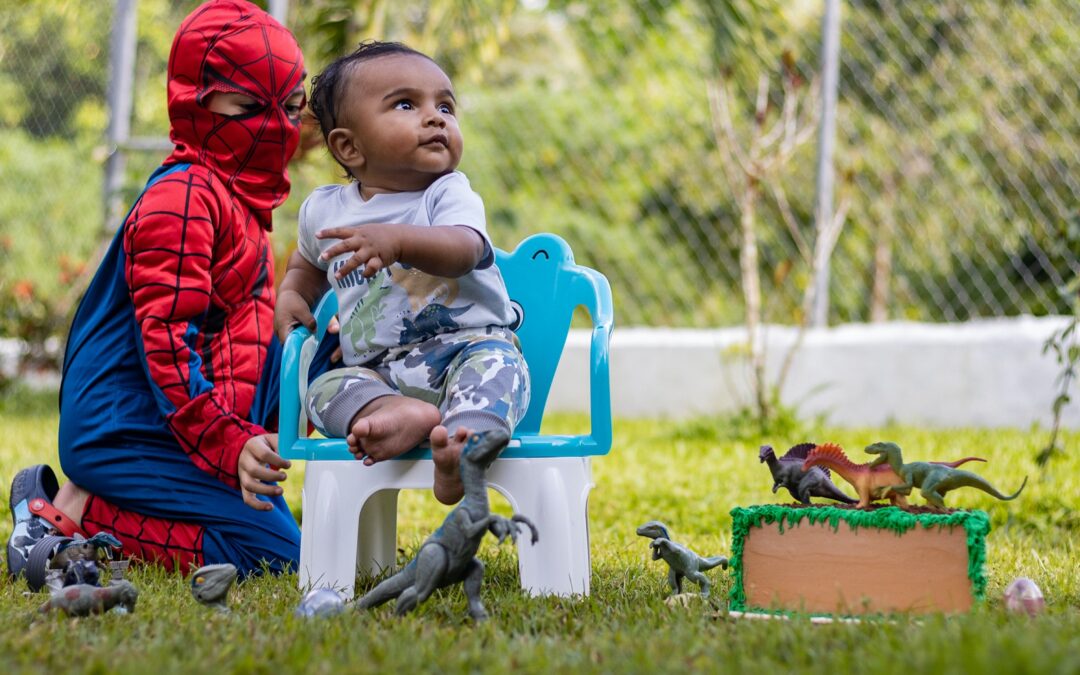Examples of dramatic play activities for young children:
1. Home or Family Play: Children can take on roles as parents, siblings, or even pets. They can set up a “home” corner with toy kitchens, dolls, and play food.
2. Doctor or Hospital Play: Kids can become doctors, nurses, or patients. Provide toy medical kits and stuffed animals as “patients.”
3. Restaurant or Café Play: Create a restaurant scenario with a play kitchen, menus, and pretend food. Children can take orders and serve each other.
4. Superhero Play: Children love to pretend to have superpowers and save the day. Capes, masks, and action figures can be used.
5. Animal or Zoo Play: Set up a zoo with stuffed animals and encourage kids to be zookeepers, taking care of the animals and educating visitors.
6. Pirate Adventure: Provide props like hats, eye patches, and cardboard “ships.” Children can go on a treasure hunt or sail the high seas.
7. Construction Site Play: Use building blocks, toy tools, and construction vehicles. Kids can build and demolish structures.
8. Firefighter Play: Dress up as firefighters, have a toy fire truck, and “put out fires” with pretend hoses.
9. Tea Party Play: Host a tea party with cups, saucers, and stuffed animals. Children can practice manners and social interaction.
10. Space Adventure: Pretend to be astronauts exploring outer space. Use cardboard boxes as spaceships.
11. Dinosaur Dig: Hide toy dinosaurs in a sandbox or sensory bin. Children can excavate and learn about dinosaurs.
12. Farm Play: Create a mini-farm with toy animals, a barn, and a tractor. Kids can feed and care for the animals.
13. Dress-Up Play: Provide a variety of costumes and accessories for imaginative dress-up play.
14. Camping Adventure: Set up a campsite indoors with tents, sleeping bags, and “campfire” for storytelling.
15. Fairytale Play: Act out favorite fairytales and stories, taking on the roles of characters.
16. Underwater Adventure: Explore the ocean as marine biologists or deep-sea divers. Use blue blankets or tarps as water.
These activities encourage creativity, social interaction, problem-solving, and language development in young children.


Recent Comments